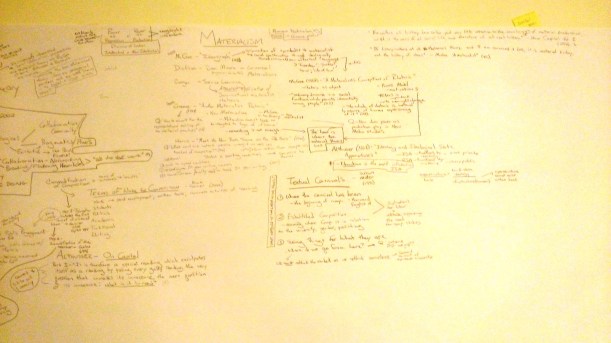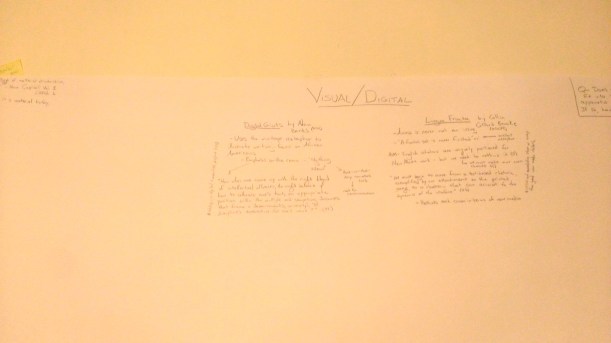I meant to write this weeks ago. But then I began reading Adam Banks‘s Digital Griots, and was enjoying it so much, I just forgot about Raymond Williams.
But let me admit this to you – Raymond Williams is my summer romance.
When I first began to read him, I wasn’t sure I liked him much. I wasn’t sure if he was for me. He’s fast. He’s smart. I was lost. And then I wasn’t. And when someone recalled my Marxism and Literature book, my very next read, I got so upset, I just decided to read something else until I got over it. Recall is just mean, people. Mean. I feel like a teenager who’s boyfriend got stolen by a prettier girl.
But seriously, I am over it. Mostly.
So let me tell you a little bit about how I met Raymond Williams.
If you’ve read the last couple of posts, you’ll know I’ve been reading Terry Eagleton’s edited collection called Marxist Literary Theory. I was excited to read the excerpt by Raymond Williams because a lot of the Marxist criticism I’ve been reading cite him. It’s kind of like when you’ve seen someone across the room a bunch, but haven’t actually met them.
The excerpts I read are from “Tragedy and Revolution” (1966) and “Literature” (1977). Tragedy, in this case, is similar to the way Kenneth Burke talks about tragedy in a dramatistic sort of way. This is not the kind of tragedy where everyone dies at the end.
At first though, Raymond Williams gives a lot of information on the mechanisms of Marxist-esque structuralisms, assuming that the reader already understands when the -isms he covers occur in history. I decided, through context clues (forgoing the use of internet while reading) that Naturalism comes before Romanticism, which occurs sometime during the Enlightenment, and so on. I was kind of lost though. Raymond Williams was not giving me enough information for me to be able to keep up. But I was intrigued, and I kept reading.
I particularly like the bits about tragedy. Williams makes claims that I have not heard articulated in quite the ways he states them:
“We say, understandably, that we must avoid war at all costs, but what we commonly mean is that we will avoid war at any cost but our own” (257). – Get it Williams – that’s what we mean in America – otherwise, why would we all keep and maintain nuclear arms?
“The customary pretense that this organized violence is defensive, and that it is wholly dedicated to human freedom, is literally a tragic illusion” (256). – I suppose that depends on what you mean by freedom? I can’t help but think about McGee’s notion of the ideograph here.
And relates to:
“It is a very deep irony that, in ideology, the major conflict in the world is between different versions of the absolute rights of man” (256). – I often have to remind myself that other people are actually people. Constantly. And learning to account for all of our differences is… problematic. This is a beautiful entry point to that.
“We acknowledge others as men and any such acknowledgement is the beginning of a struggle, as the continuing reality of our lives.” – keyword here is ‘acknowledgement’ – what happens when we start to think of other people as people that have value, just like I do?
— I’ve changed my mind on how cool I thought the recall was – I will be reading more Williams soon – Maybe my summer romance will blossom into something more long term.













